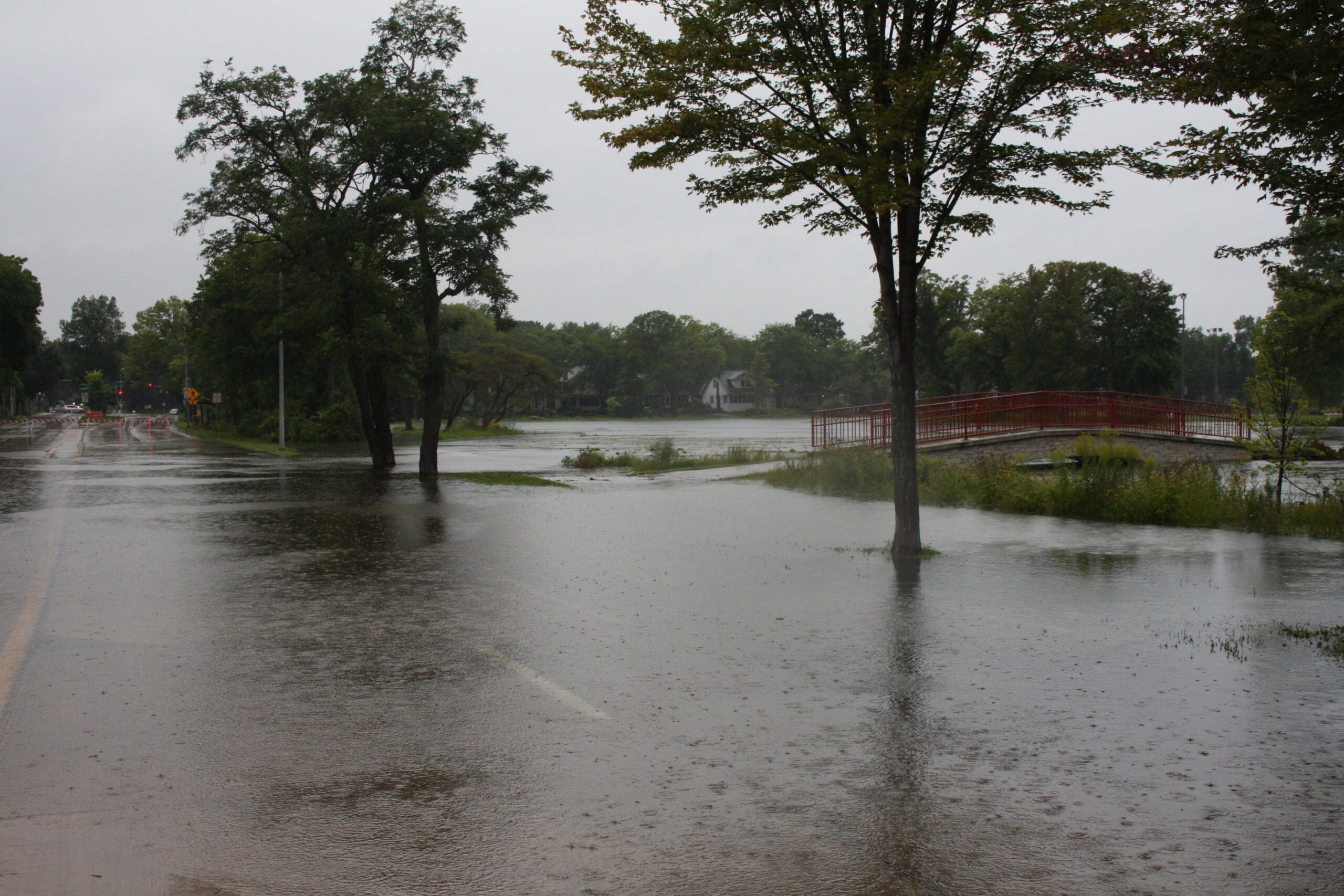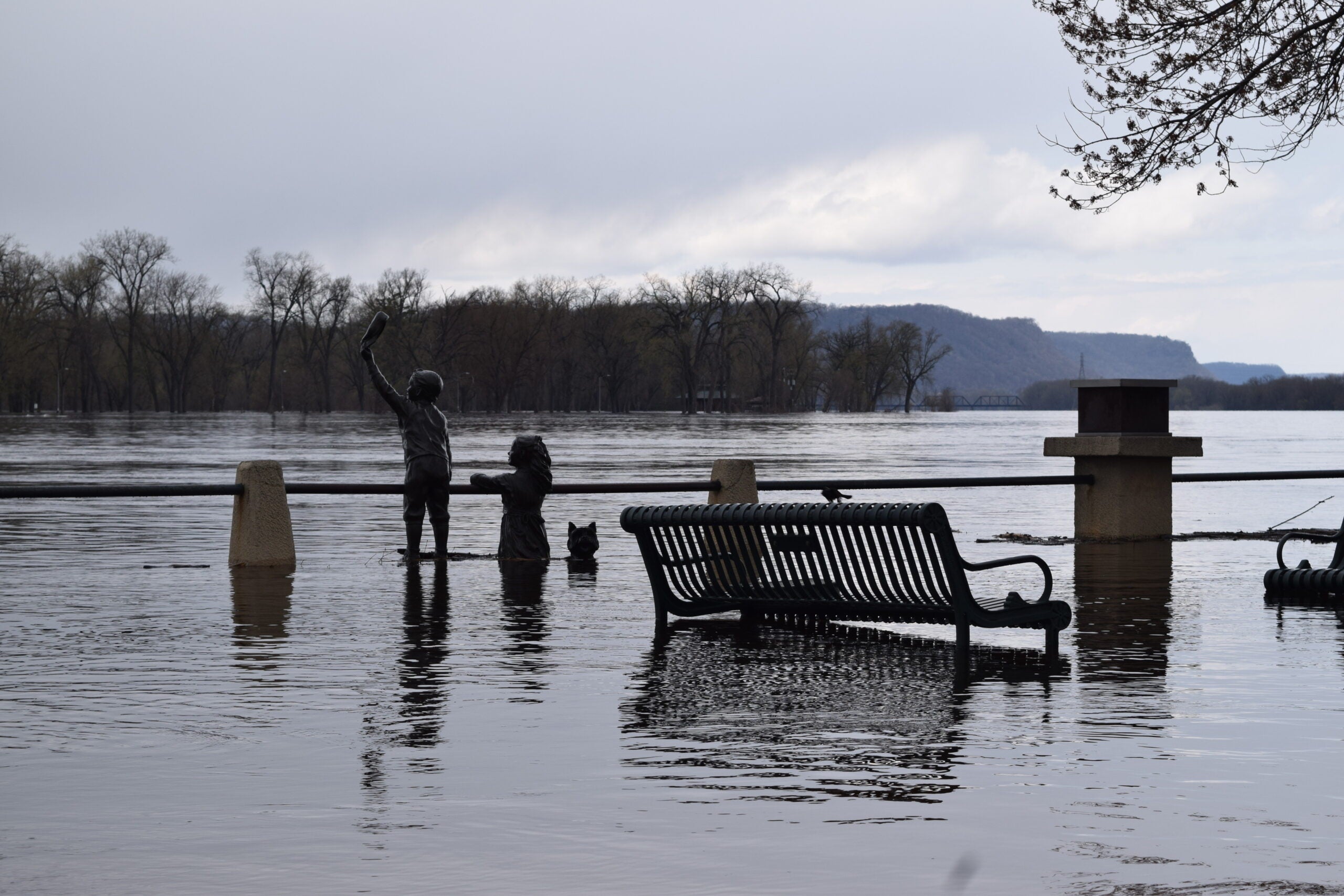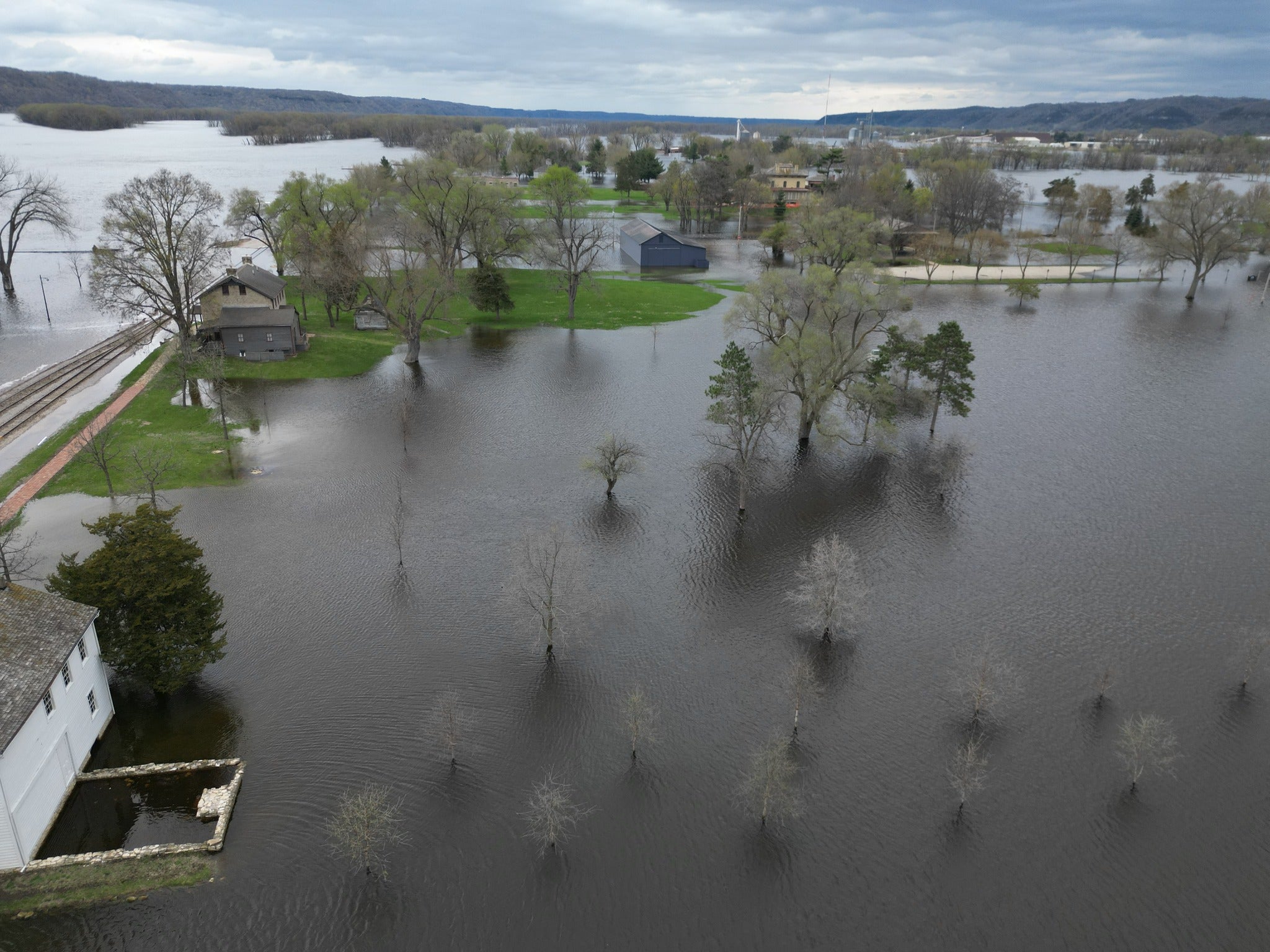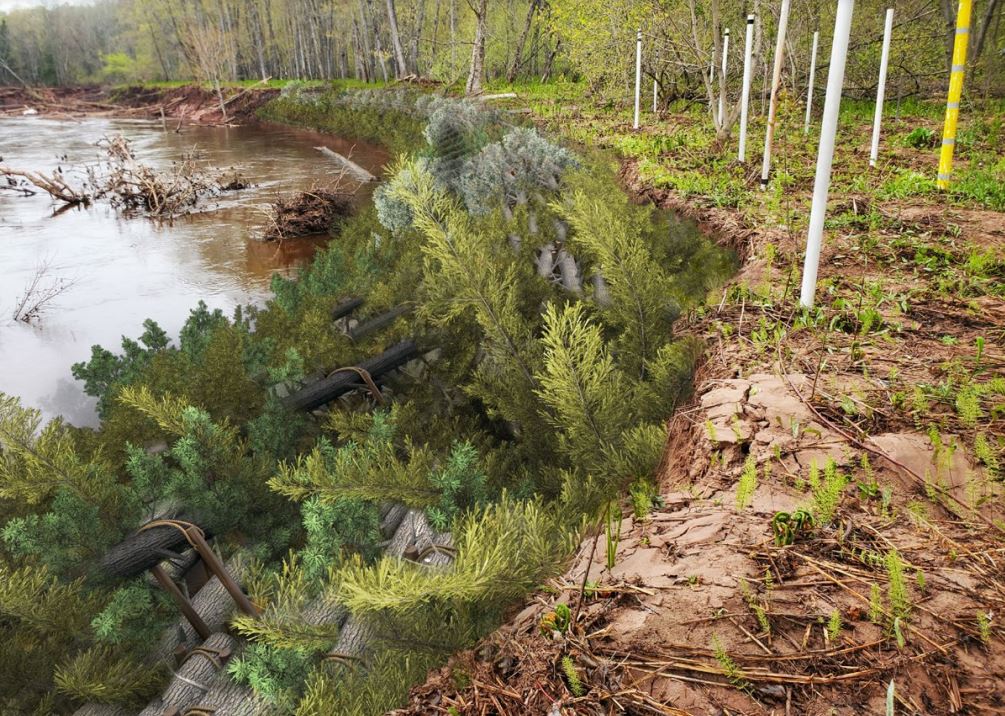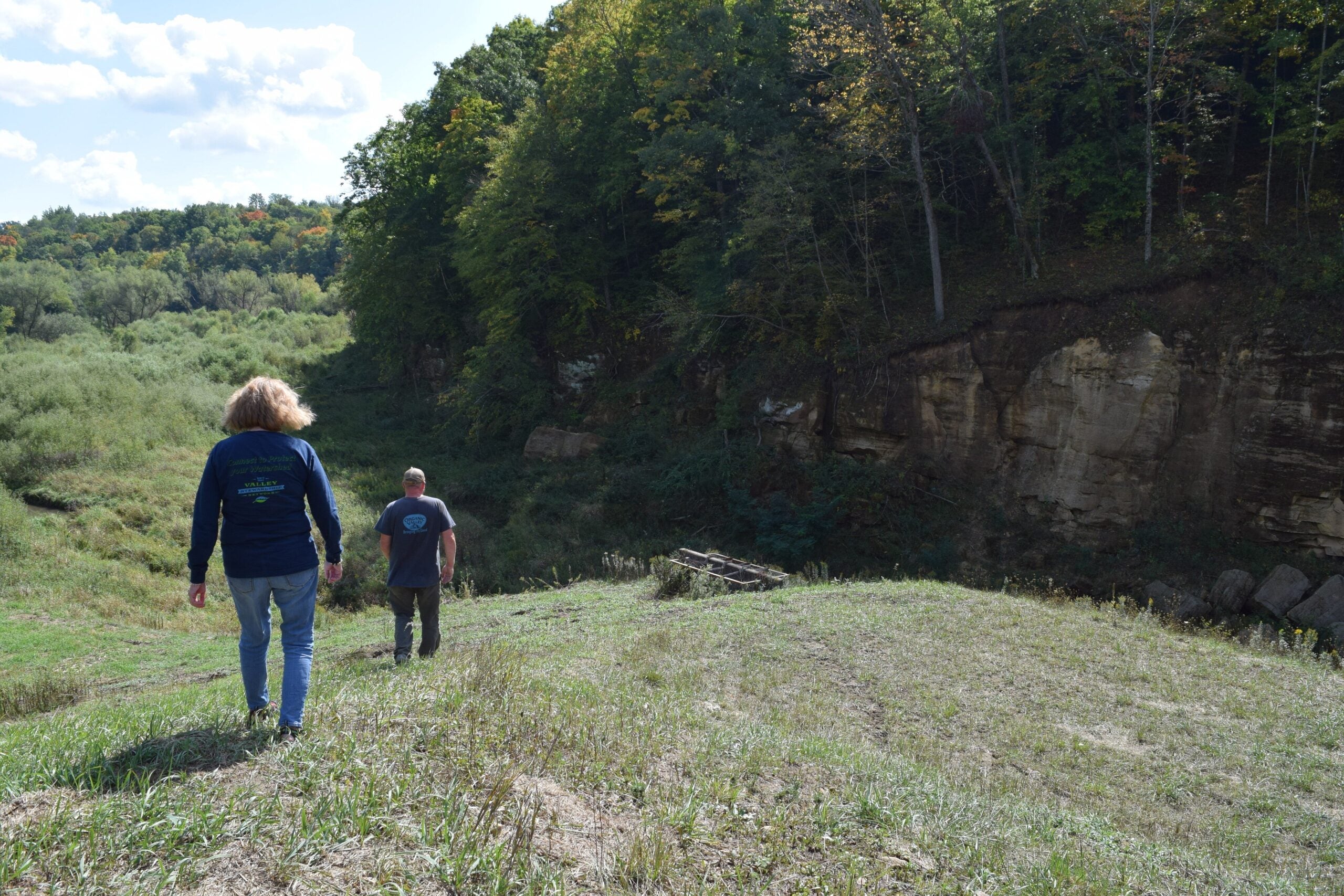In Dane and Sauk counties last summer, lakes and rivers spilled over, drenching streets and damaging homes. And although the new year has just begun, the areas have already started taking steps to prevent a repeat of 2018’s widespread flooding.
Madison stands on an isthmus of former wetlands, surrounded by lakes. This geography, plus record development and a changing climate, multiplies the flood risk. Dane County’s 2019 budget includes more than $18 million for flood mitigation projects that attempt to address what Dane County Executive Joe Parisi calls a “perfect storm.”
The county will restore existing wetlands and preserve other tracts of land, as well as remove sediment and widen passages to move water through the lake system more quickly.
Stay informed on the latest news
Sign up for WPR’s email newsletter.
“What we’re looking at in 2019 is a fairly aggressive program aimed at improving water flow so that we can move water, when it does hit through the system faster, in combination with looking at how we help mitigate some of the damage as far as reducing runoff,” Parisi said.
Dane County has already begun technical analysis on two projects toward this end: removing sediment from one pinch point and widening a passage through bridge reconstruction at another.
“There’s a bridge over part of the Yahara (River) that’s after the final lake in the system that’s scheduled for replacement,” Parisi said. “We’ve added dollars to that so we can replace it in a way with construction that opens up that pinch point more and makes it deeper so we can increase the flow of water.”
Parisi said this is a priority because, currently, 2 inches of rain takes two weeks to move through the system.
Although some have called for the state to lower lake levels, Parisi said that’s not a panacea, and that it likely would not have prevented the flooding in August. Increasing water flow, he said, should mitigate future flood risk. It;s also a solution within the county’s purview; the Wisconsin Department of Natural Resources has ultimate say over whether or not to alter lake levels.
“Certainly, folks need to take a look at what the optimum levels are, but it’s important that that not distract us from looking at increasing the flow out of the lakes and looking at ways to mitigate by preserving land and restoring wetlands.” said Parisi.
In Sauk County, Emergency Management Director Jeff Jelinek said they’re in the early stages of securing a grant to commission a study on the impact of future development.
“We’ve reached 100-year, we’ve reached 500-year floods, but what happens if you reach 1,000-year flood?” Jelinek said. “What areas would be impacted?”
Mostly, however, Sauk County is focused on recovering from last year’s events. They’re continuing their long-term flood recovery program, which began in December. Jelinek said more than $300,000 in donations have come from as far as California. After registering with the county, residents will meet with a caseworker to work on securing necessary aid.
Jelinek said the funds may assist with anything from construction and mold clearing to mental health. This last component, he said, has been a priority for the county in 2018, unlike after the 2008 flooding — and it’s made a difference.
“A lot of times when you say ‘mental health,’ people will say ‘I don’t need no mental health!’” said Jelinek. “But people do need someone to talk to.”
Wisconsin Public Radio, © Copyright 2024, Board of Regents of the University of Wisconsin System and Wisconsin Educational Communications Board.

